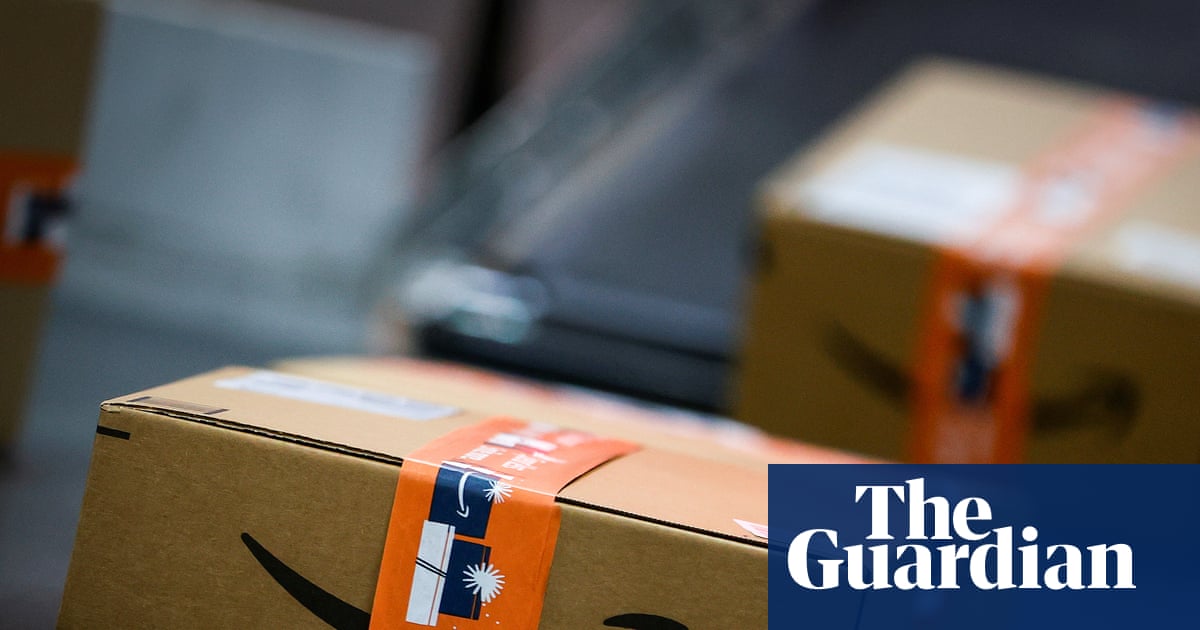Apple’s iPhone 17 and Google’s Pixel 10 have a lot in common this year. Both phones may look very similar to prior iPhone and Pixel phones, but it’s on the inside, there are new features that can make both phones feel quite new.
For the $829 iPhone 17, Apple’s bumped up the base storage to 256GB, brought a 120Hz ProMotion display to the base iPhone for the first time and threw in the new Center Stage front-facing camera that lets you take horizontal and vertical photos without rotating the phone. You can also get a 512GB model for $1,029.
Meanwhile, Google’s $799 Pixel 10 marks the first time the company is putting a third telephoto lens into the base model to improve zoom photos, support magnetic Qi2 wireless charging accessories, and a slew of new AI features that take advantage of Google Gemini. The Pixel 10 still starts with 128GB of storage, with a 256GB model costing $899. There is no 512GB edition of the Pixel 10, which is instead offered on the Pro models.
If you have a strong preference for either Apple’s iOS or Google’s Android, you might already have a lean toward one of these phones. However, if you aren’t particularly loyal to one operating system over the other, there’s a lot to consider when deciding between each phone. Let’s go over some of the big highlights between the iPhone 17 and the Pixel 10, and you can use them to compare which one is best for you.
Watch this: Pixel 10 Pro and Pro XL First Look: Familiar Design, New AI Tricks
Don’t miss any of our unbiased tech content and lab-based reviews. Add as a preferred Google source.
Display
Both the iPhone 17 and the Pixel 10 have 6.3-inch OLED displays that support a variable120Hz refresh rate for smoother animations as well as the option for an always-on display for glanceable information. Both phones also have a similar resolution, with the iPhone 17 having a slightly higher 2,622×1,206-pixel resolution against the 2,424×1,080p resolution on the Pixel 10. Both will make videos, websites and photos look great, although you might need to take a visit to the settings menu to make sure that the higher refresh rate is turned on.
Both phones also support face identification inside the display. Apple’s iPhone 17 continues to use a Dynamic Island notch for its Face ID technology, while the Google Pixel 10 uses its front-facing camera and AI processing for its own Face Unlock feature. Both Google and Apple’s Face ID are secure enough to work for mobile payments. The Pixel 10 also has an under-display fingerprint sensor if you would prefer to use that for unlocking your phone.
The iPhone 17 now supports an always-on display, showing glanceable information like the time.
Cameras
The iPhone 17 and the Pixel 10 each have noticeable changes to their camera systems, providing a lot of opportunities for taking detailed photos.
Apple’s 48-megapixel wide camera is now accompanied by a 48-megapixel ultrawide camera, and its system claims to be capable of taking photos at a 2x “optical zoom quality” by using image sensor cropping despite not having an actual telephoto camera. While the ultrawide camera received quite a bump from the iPhone 16’s 12-megapixel camera, the 18-megapixel Center Stage camera on the front is a full revamp for how the iPhone takes selfies. This camera’s new square sensor lets you take vertical and horizontal selfie photos without rotating your phone and can be set to dynamically resize to get an entire group into a photo.
Google instead put a bigger focus on improving zoom photos by adding a 10.8-megapixel telephoto lens to its rear camera system, with a 5x optical zoom. This puts the Pixel 10 in close competition with the Samsung Galaxy S25, the latter also has a telephoto camera. That telephoto lens pairs up with a 48-megapixel wide camera and a 13-megapixel ultrawide, both of which are similar to what Google included on the $499 Pixel 9A.
The base Pixel 10 now includes three cameras.
Special features
Apple’s iPhone 17 and Google’s Pixel 10 both have in-house processors, which help each company provide a deep level of feature integration on both the hardware and software side for their phones. This includes long software update periods, such as Google’s seven-year commitment of Android updates for Pixel phones. Apple’s never published timelines for its software support for the iPhone, but this year’s iOS 26 runs on 2019’s iPhone 11.
Apple’s iPhone 17 beefs up its charging speed, now including 40-watt wired charging alongside 25-watt Qi2 wireless charging. The Pixel 10 is similarly speedy, with a 29-watt wired speed and 15-watt Qi2 wireless speeds. The Pixel 10’s support for magnetic accessories, dubbed PixelSnap by Google, allows the phone to work with all of the MagSafe accessories that have arrived to the market over the past five years.
On the artificial intelligence side, it does still feel like early days for Apple Intelligence. The iPhone 17 does support writing tools, Visual Intelligence for scanning screenshots and some generative features like Genmoji. Google’s Pixel 10, however, has Magic Cue, which can provide suggestions of information based on what’s available in Google services like Gmail, Google Messages and Google Keep. Google’s Gemini assistant also supports more natural communication when asking it to search for information or give commands, whereas Apple is still working on an AI-enhanced edition of Siri that was first promised last year.
In the US, both the iPhone 17 and the Pixel 10 use eSIM instead of a physical SIM. While Apple has been eSIM-only for its US phones since the iPhone 14, going exclusively eSIM for the US is new for the Pixel 10 line. However, both iOS 26 and Android 16 now support transferring an eSIM between an iPhone and Android without necessarily having to involve your wireless carrier. Hopefully, this smooths over the process of moving from one phone to the other, but it’s worth pointing out since eSIM is still a newer technology for setting up your phone service.
For more comparisons between Apple’s iPhone 17 and Google’s Pixel 10, check out the specs chart below.
Apple iPhone 17 vs. Google Pixel 10
| Apple iPhone 17 | Google Pixel 10 | |
|---|---|---|
| Display size, tech, resolution, refresh rate | 6.3-inch OLED; 2,622 x 1,206 pixel resolution; 1-120Hz variable refresh rate | 6.3-inch OLED; 2,424×1,080 pixels; 60 to 120 Hz variable refresh rate |
| Pixel density | 460ppi | 422 ppi |
| Dimensions (inches) | 5.89 x 2.81 x 0.31 in | 6 x 2.8 x 0.3 in |
| Dimensions (millimeters) | 149.6 x 71.5 x 7.95 mm | 152.8 x 72 x 8.5 mm |
| Weight (grams, ounces) | 177 g (6.24 oz) | 204 g (7.2 oz) |
| Mobile software | iOS 26 | Android 16 |
| Camera | 48-megapixel (wide) 48-megapixel (ultrawide) | 48-megapixel (wide), 13-megapixel (ultrawide), 10.8-megapixel (5x telephoto) |
| Front-facing camera | 18-megapixel | 10.5-megapixel |
| Video capture | 4K | 4K |
| Processor | Apple A19 | Google Tensor G5 |
| RAM + storage | RAM N/A + 256GB, 512GB | 12GB RAM + 128GB, 256GB |
| Expandable storage | None | None |
| Battery | Up to 30 hours video playback; up to 27 hours video playback (streamed) | 4,970 mAh |
| Fingerprint sensor | None (Face ID) | Under display |
| Connector | USB-C | USB-C |
| Headphone jack | None | None |
| Special features | Apple N1 wireless networking chip (Wi-Fi 7 (802.11be) with 2×2 MIMO), Bluetooth 6, Thread. Action button. Camera Control button. Dynamic Island. Apple Intelligence. Visual Intelligence. Dual eSIM. 1 to 3,000 nits brightness display range. IP68 resistance. Colors: black, white, mist blue, sage, lavender. Fast charge up to 50% in 20 minutes using 40W adapter or higher via charging cable. Fast charge up to 50% in 30 minutes using 30W adapter or higher via MagSafe Charger. | Gorilla Glass 2 Victus cover glass; 3,000 nits peak brightness; Satellite SOS; Dual-eSIM; Wi-Fi 6E; NFC; Bluetooth 6; 30W fast charging (wall charger not included); Qi2 15W wireless charging; support for PixelSnap magnetic accessories; Google VPN; Super Res Zoom up to 20x; Camera Coach; Add Me; Macro mode; Face Unblur; Auto Best Take; IP68 rating for dust and water resistance; 7 years of OS, security, and Pixel Drop updates; Corning Gorilla Glass Victus 2 polished back with satin finish aluminum frame |
| US price starts at | $829 (256GB), $1,029 (512GB) | $799 (128GB), $899 (256GB) |








